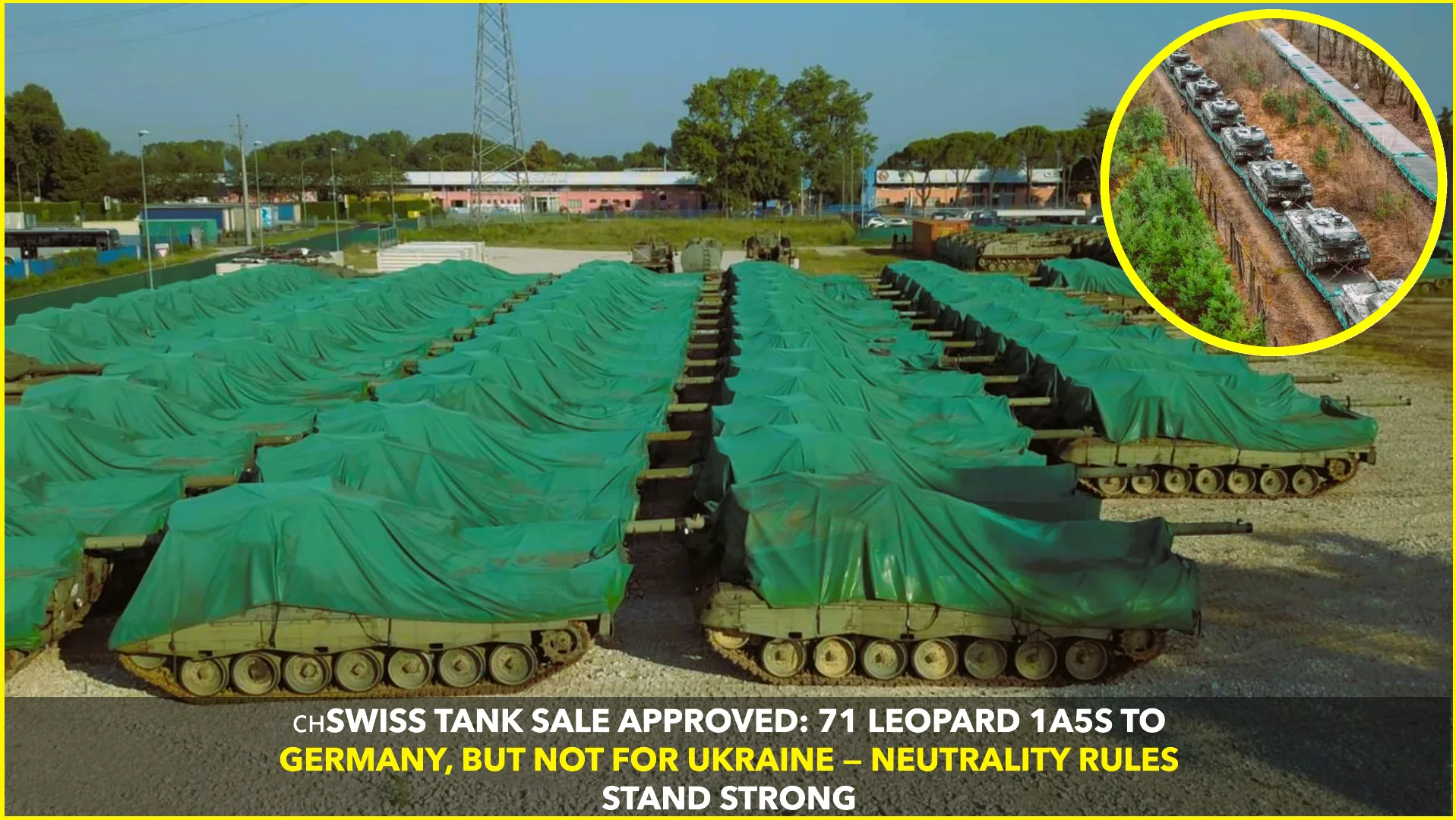As the digital age continues to reshape global warfare, cyber threats have evolved into a formidable aspect of military strategy. The increasing reliance on digital infrastructure for communication, logistics, and defense has introduced new vulnerabilities. For NATO, a collective defense organization, addressing these vulnerabilities has become a priority in modern conflict. This article explores NATO’s comprehensive cyber defense strategies and the future of cybersecurity in warfare.
Cybersecurity: The New Frontline in Warfare
In the past, conflicts were primarily fought on land, sea, and air. However, the modern battlefield has expanded into cyberspace, where hackers can disable critical infrastructure, steal sensitive information, and undermine national security without physical confrontation. As hybrid warfare becomes more prevalent, cyberattacks have emerged as one of the most significant threats to national defense.
Cyber warfare isn’t just a theoretical risk; it has been at the forefront of recent conflicts. For instance, cyberattacks played a pivotal role in the 2007 attacks on Estonia, which targeted its banking, media, and government sectors. Since then, similar incidents in Ukraine and Georgia have underscored the critical need for effective cyber defense strategies, especially within military alliances like NATO.
NATO’s Cyber Defense Strategy
NATO has recognized cyberspace as an operational domain, alongside land, sea, and air, since 2016. In response, the alliance has continually adapted its cybersecurity posture to counter modern threats.
1. The NATO Cooperative Cyber Defence Centre of Excellence (CCDCOE)
One of NATO’s flagship initiatives in cyber defense is the establishment of the NATO Cooperative Cyber Defence Centre of Excellence (CCDCOE) in Estonia. This facility focuses on research, training, and education to build NATO members’ capacity to respond to cyber incidents. The CCDCOE also organizes exercises like Locked Shields, the world’s largest and most complex live-fire cyber defense exercise, which provides NATO members with hands-on experience in defending against advanced cyber threats.
2. Collaboration and Information Sharing
One of NATO’s core strengths lies in its collective defense model. In the realm of cybersecurity, this translates to robust information sharing between member states. The NATO Computer Incident Response Capability (NCIRC) facilitates the exchange of information about cyber threats in real-time, enabling member countries to prepare and respond effectively. By harnessing shared intelligence, NATO is able to respond to cyberattacks more rapidly and efficiently, reducing the potential for widespread damage.
3. Partnerships with the Private Sector
Given that much of the infrastructure vulnerable to cyberattacks—such as power grids, telecommunications, and financial systems—is owned by the private sector, NATO has fostered strong relationships with private entities. Partnerships with tech companies, cybersecurity firms, and other critical infrastructure providers enable NATO to leverage cutting-edge technology and expertise in its defense strategies.
Companies like FireEye and Microsoft have been instrumental in helping NATO monitor and defend against emerging threats. Through these partnerships, NATO can stay ahead of the evolving cyber landscape.
Future of Cybersecurity in Warfare
Looking ahead, NATO’s cyber defense strategy must continue to evolve as cyber threats grow more sophisticated. Here are key areas that will shape the future of cybersecurity in warfare:
1. Artificial Intelligence and Automation
With the sheer volume of cyberattacks increasing, NATO is investing in artificial intelligence (AI) and automation technologies to enhance its defensive capabilities. AI can be used to detect and respond to cyber threats in real-time, while machine learning algorithms can analyze patterns in cyberattacks to predict future incidents. Automation also plays a critical role in managing the vast amounts of data involved in modern warfare, enabling quicker and more effective responses.
2. Quantum Computing
While quantum computing is still in its infancy, its potential impact on cybersecurity cannot be ignored. Quantum computers could potentially break current encryption methods, rendering much of today’s digital infrastructure vulnerable. NATO has begun research into quantum-resistant encryption to ensure that its communications remain secure in the face of this emerging technology.
3. Cyber-Resilience and Deterrence
Cyber-resilience—NATO’s ability to continue operations even in the face of a cyberattack—is a key pillar of its future strategy. The alliance is focused not only on preventing attacks but also on ensuring that military operations can continue even if critical systems are compromised.
In addition, NATO is developing cyber deterrence strategies to prevent attacks from occurring in the first place. By demonstrating the ability to respond with proportional or even more severe measures, NATO aims to discourage adversaries from launching cyberattacks against its member states.
Challenges Ahead
Despite NATO’s significant advancements in cyber defense, challenges remain. One of the biggest hurdles is the diverse nature of cyber threats. From state-sponsored attacks to hacktivists and criminal organizations, NATO must prepare for a wide range of actors with varying motives and methods.
Furthermore, the rapid pace of technological change means that NATO must constantly update its strategies and tools to stay ahead of cyber adversaries. The alliance must also navigate the complex legal and ethical issues surrounding offensive cyber operations, including questions about sovereignty and international law.
Conclusion
As cyber warfare continues to play an increasingly prominent role in global conflict, NATO’s cyber defense strategies will be critical in ensuring the security and resilience of its member states. Through initiatives like the CCDCOE, partnerships with the private sector, and investments in emerging technologies, NATO is positioning itself to meet the challenges of modern warfare. However, the dynamic and ever-changing nature of cyber threats means that NATO must remain vigilant and adaptable in its approach to defending cyberspace.
For more in-depth coverage of NATO’s cyber defense initiatives, visit our technology section.
By staying informed on the latest developments in cybersecurity and military strategy, you can better understand how organizations like NATO are preparing for the conflicts of the future. For more on this, you can explore NATO’s cyber defense framework on the official NATO website.











2 thoughts on “The Future of Cybersecurity in Warfare: NATO’s Cyber Defense Strategies for Modern Conflict”